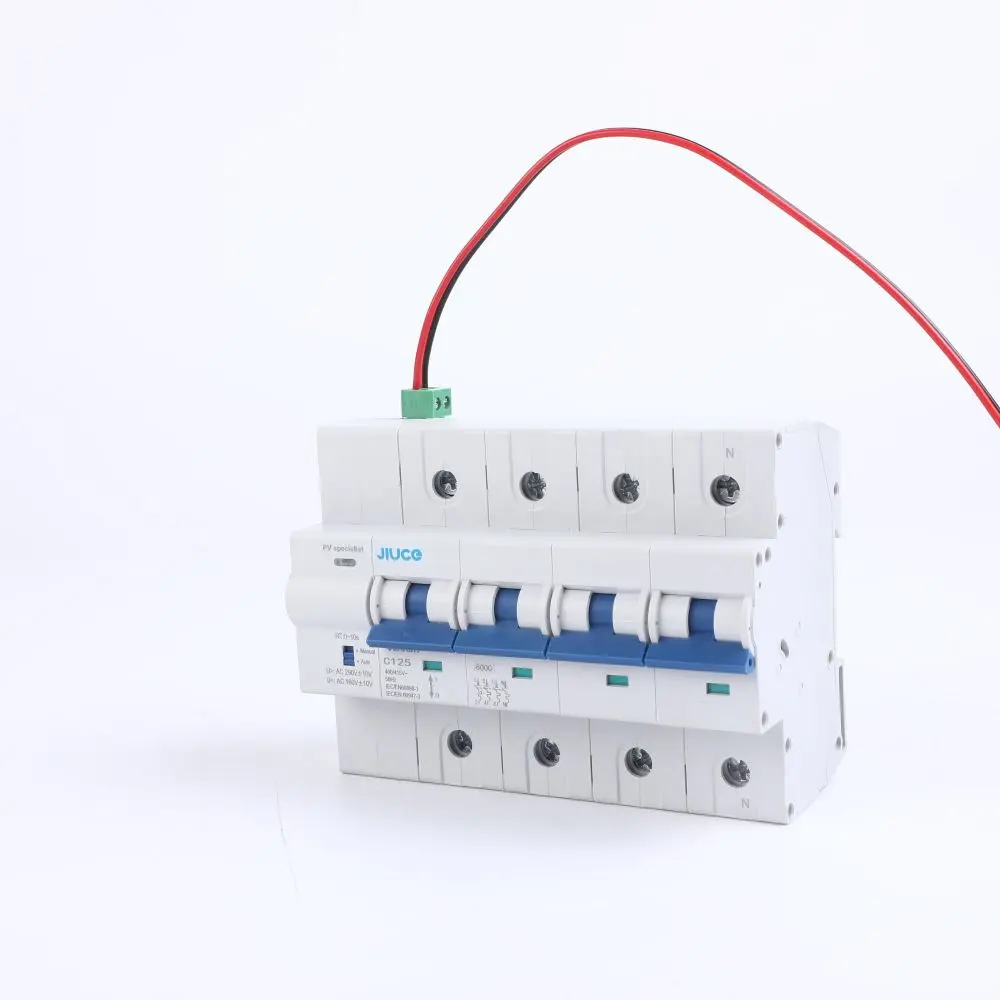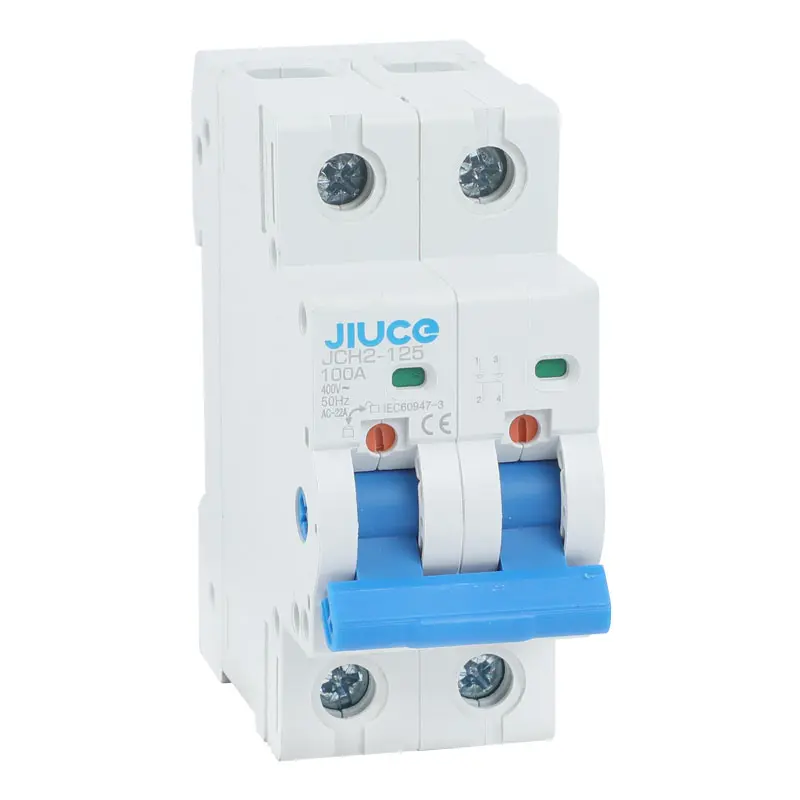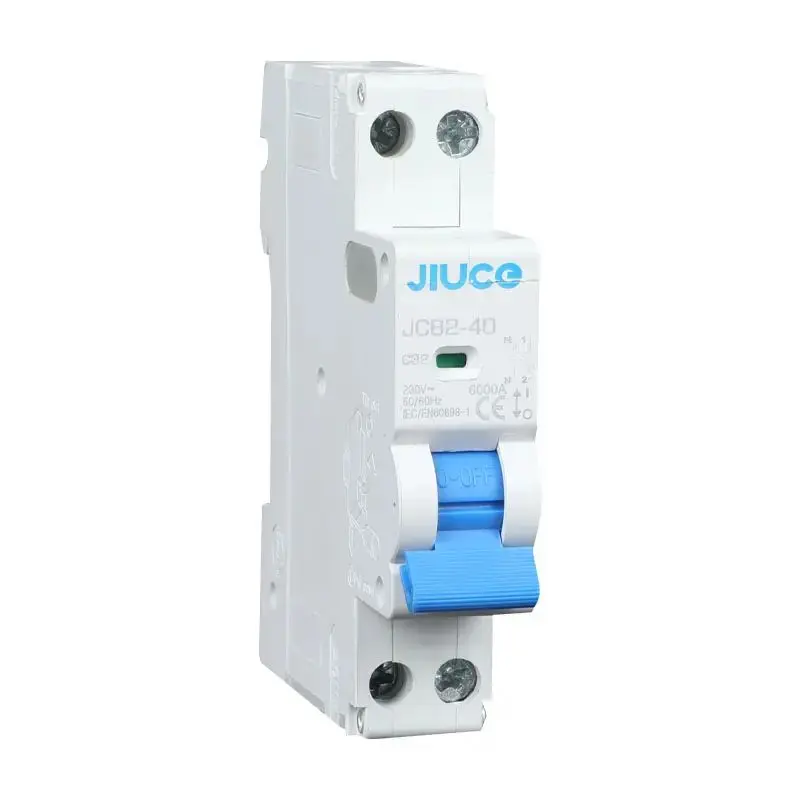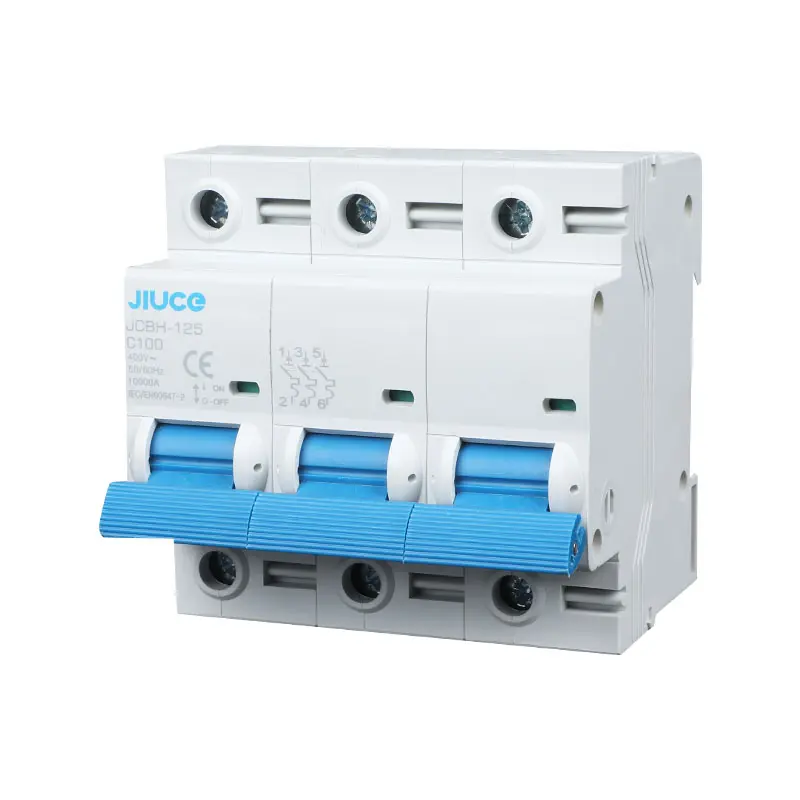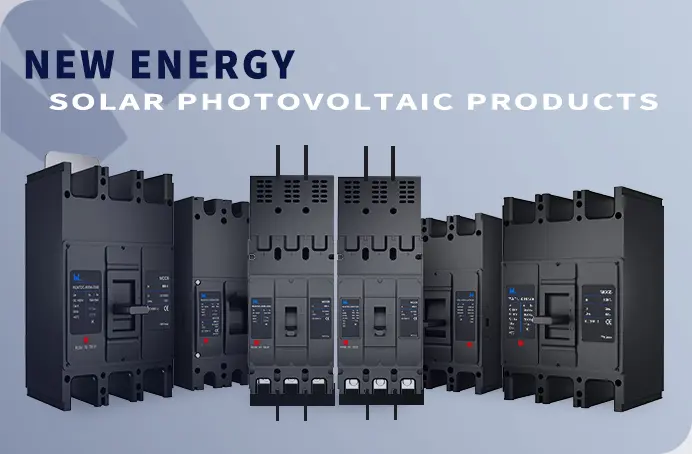Technical Specifications for Molded Case Circuit Breakers (MCCB)
Molded Case Circuit Breakers (MCCBs) play a vital role in electrical systems, offering protection against overcurrent's and short circuits. These devices adhere to stringent technical specifications outlined in standards such as GOST IEC 60947-1 and GOST IEC 60947-2. Let's delve into the detailed technical specifications governing MCCBs, including design requirements, delivery scope, and accompanying documentation.

Standard Compliance
MCCBs adhere to standards outlined in GOST IEC 60947-1 and GOST IEC 60947-2. These standards are established to ensure the safety, reliability, and compatibility of low-voltage distribution and control apparatus. They specify requirements for various aspects of MCCBs, including design, performance, and testing. Adherence to these standards is crucial to ensure the proper functioning of MCCBs within electrical systems.
Requirements for Raw Materials and Supplies
Manufacturers of MCCBs must exercise strict control over the raw materials and supplies used in production. This involves implementing quality control measures to verify the suitability and consistency of materials. Any changes in raw materials must be carefully evaluated and coordinated to maintain product integrity. The quality of materials directly impacts the performance and longevity of MCCBs, necessitating adherence to stringent standards.
Equipment List
MCCBs must be designed to accommodate various auxiliary equipment necessary for their operation. This includes auxiliary contacts, emergency contacts, shunt release devices, and other components that enhance functionality or facilitate remote operation. Ensuring compatibility with these auxiliary devices is essential to meet the diverse requirements of different electrical systems.
Delivery Scope
The standard delivery scope of MCCBs includes essential components and documentation required for installation and operation. Interpolar dielectric dividers and terminal covers provide insulation and protection within the MCCB enclosure. Data sheets and operating manuals offer guidance on installation, operation, and maintenance. Fastening kits and auxiliary handles aid in the installation process, while draw-out cradles facilitate the removal and replacement of MCCB units.
Design Requirements
Design requirements for Molded Case Circuit Breakers (MCCBs) encompass various aspects aimed at ensuring their safe and efficient operation within electrical systems. These requirements are crucial to meet regulatory standards, ensure user safety, and guarantee the reliability of the MCCBs. Here are detailed explanations of the design requirements:
Handle Labeling
The handle of an MCCB must be labeled to indicate the switch status clearly. This labeling includes symbols for the closed and release positions, following standardized conventions set forth by organizations like the International Electrotechnical Commission (IEC), typically depicted in IEC 60417-2. This ensures that users can easily identify the status of the MCCB, whether it is in the ON or OFF position, enhancing safety and usability.
Sticker Information on the Device
MCCBs must have stickers containing essential information affixed to the device. This information includes:
· Model name of the MCCB
· Rated operating voltage (Ue) and frequency
· Rated insulation voltage (Ui)
· Rated impulse withstand voltage (Uimp)
· Rated operating current (In)
· Rated breaking capacity (Icu) at specified voltages (e.g., AC380/400/415V)
· Rated operating breaking capacity (Ics) at specified voltages
· Category of application
· Country of manufacture
· Reference standard
· Marking ability to disconnect
· Brand marking (e.g., ESQ)
This information provides vital details about the MCCB's specifications, capabilities, and compliance with standards, aiding in its correct installation and maintenance.
Sticker Information on the Package
The individual package containing the MCCB must also bear important information, including:
· Model name of the MCCB
· Rated operating current (In)
· Rated breaking capacity (Icu) at specified voltages
· Date of manufacture
· Country of manufacture
· Reference standard
· Brand marking (e.g., ESQ)
This information allows for easy identification and traceability of the MCCB, helping users and installers verify its specifications and origin.
Sticker Information on the Total Package
The outer packaging of the MCCB, which contains multiple MCCBs, should include the following information:
· Model name of the MCCB
· Rated operating current (In)
· Rated breaking capacity (Icu) at specified voltages
· Date of manufacture
· Number of MCCBs in the package
· Country of manufacture
· Reference standard
· Brand marking (e.g., ESQ)
Accompanying Documentation
Comprehensive documentation accompanies each MCCB to provide essential information to users and installers. Instruction manuals offer detailed guidance on installation, operation, and troubleshooting. Data sheets contain complete order codes, manufacturing dates, and quality control stamps to ensure traceability and quality assurance. Additionally, 3D models, order codes, test reports, and certificates of conformity to relevant standards provide further validation of MCCB performance and compliance.
Packaging and Labeling
MCCBs are packaged in a manner that ensures their protection during transportation and storage. Polyethylene packaging with silica gel desiccants helps prevent moisture damage, preserving the integrity of the MCCB. Cardboard boxes with polyethylene foam provide additional cushioning and protection against physical impacts. Clear labeling on packaging indicates the contents and includes essential information such as model name, current rating, manufacturing date, country of origin, reference standards, and brand markings.
Wrapping Up
In conclusion, adherence to these detailed technical specifications ensures the reliability, safety, and performance of Molded Case Circuit Breakers, crucial components in modern electrical systems. Compliance with standards and meticulous manufacturing processes guarantee the quality and longevity of MCCBs, contributing to the efficiency and security of electrical installations.

 JCB1-125
JCB1-125 JCB2-40M
JCB2-40M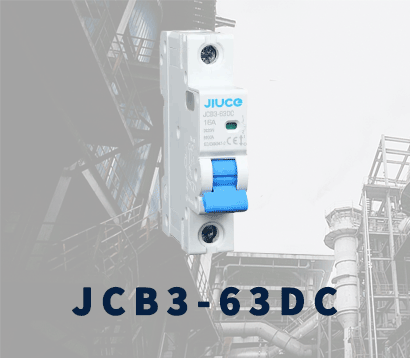 JCB3-63DC
JCB3-63DC JCB3-80H
JCB3-80H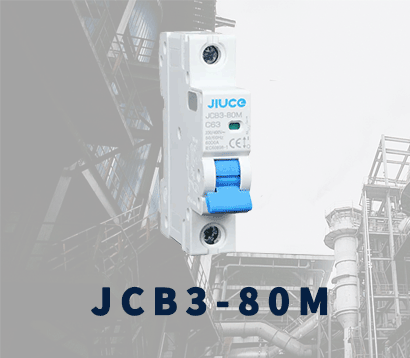 JCB3-80M
JCB3-80M JCBH-125
JCBH-125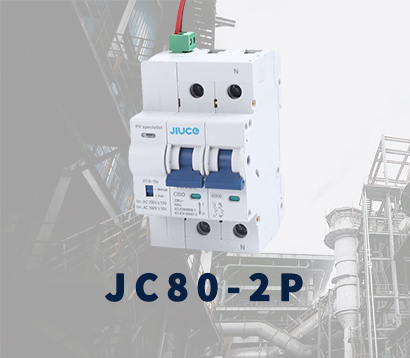 JC80-2P
JC80-2P JC80-4P
JC80-4P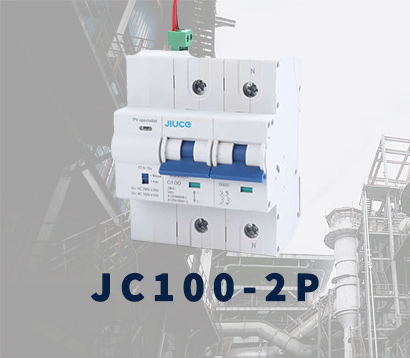 JC125-2P
JC125-2P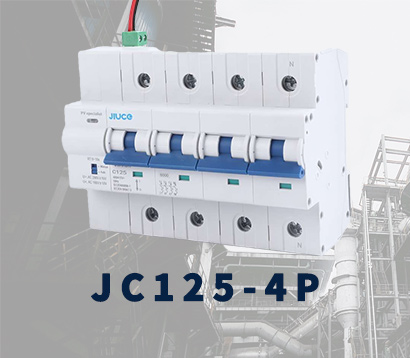 JC125-4P
JC125-4P JCMX
JCMX JCSD
JCSD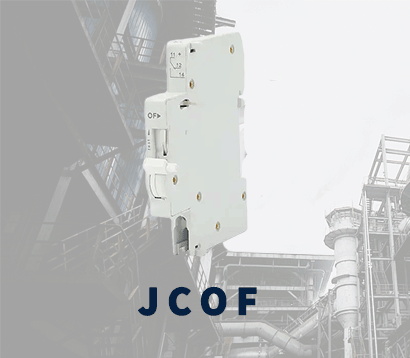 JCOF
JCOF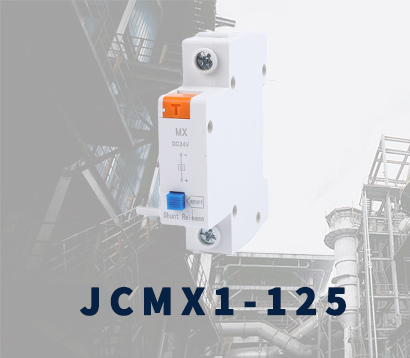 JCMX1-125
JCMX1-125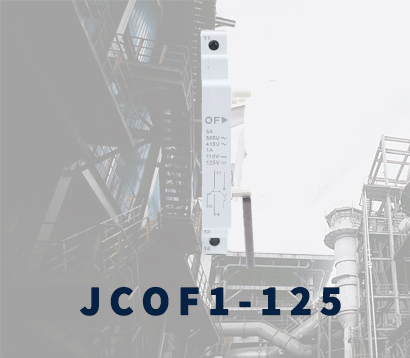 JCOF1-125
JCOF1-125 JCSD1-125
JCSD1-125 JCRD4-125
JCRD4-125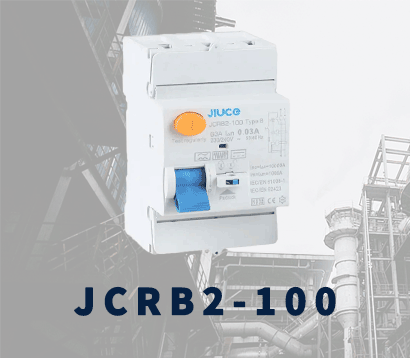 JCRB2-100
JCRB2-100 JCR2-63
JCR2-63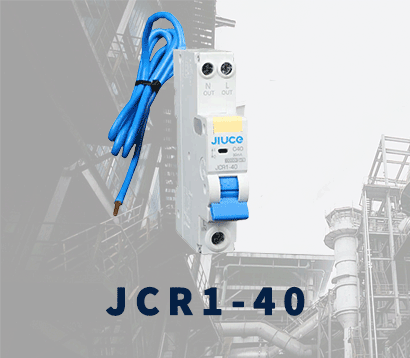 JCR1-40
JCR1-40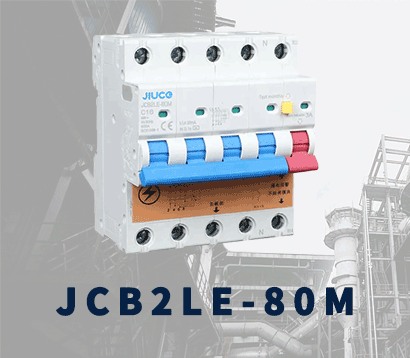 JCB2LE-80M
JCB2LE-80M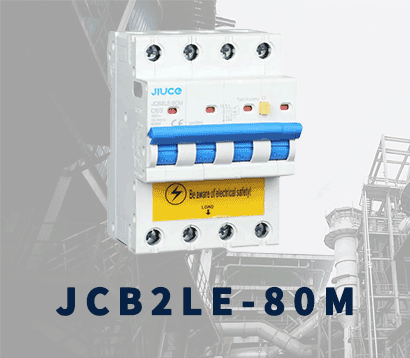 JCB2LE-80M
JCB2LE-80M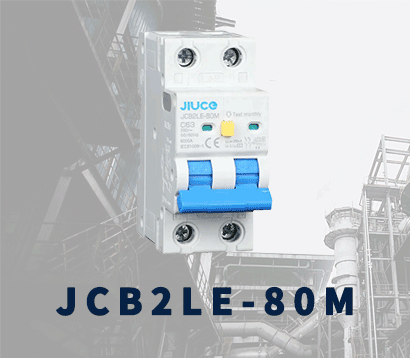 JCB2LE-80M
JCB2LE-80M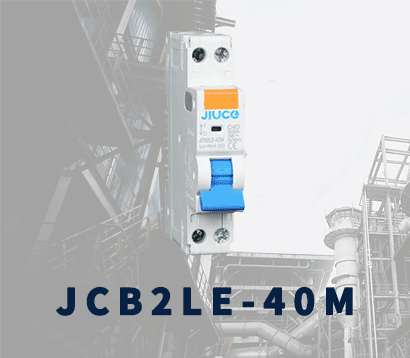 JCB2LE-40M
JCB2LE-40M JCB1LE-125
JCB1LE-125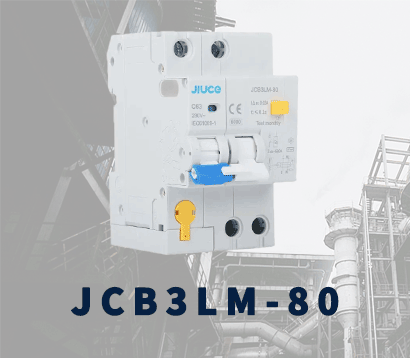 JCB3LM-80
JCB3LM-80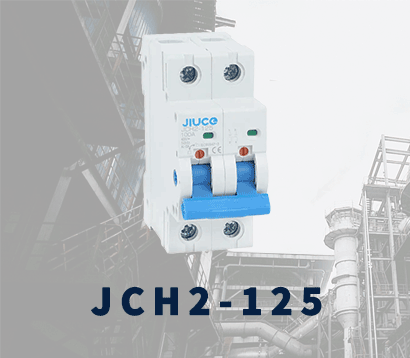 JCH2-125
JCH2-125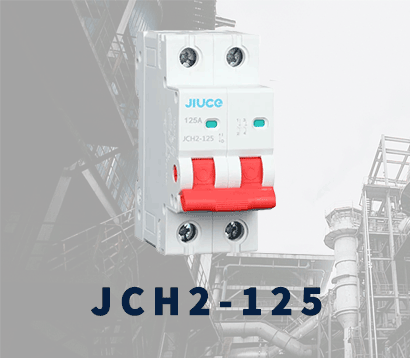 JCH2-125
JCH2-125 CJX2
CJX2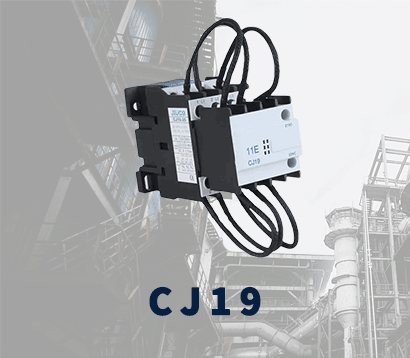 CJ19
CJ19 JCMCU
JCMCU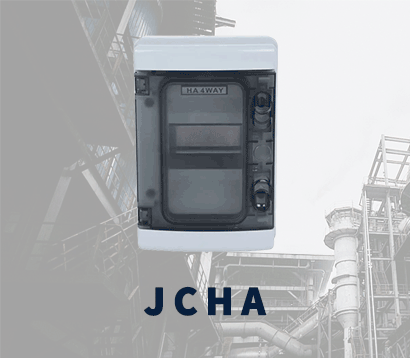 JCHA
JCHA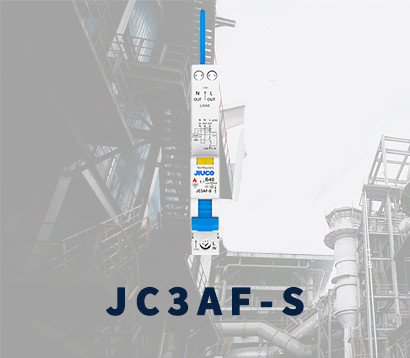 JC3AF-S
JC3AF-S JC3AE
JC3AE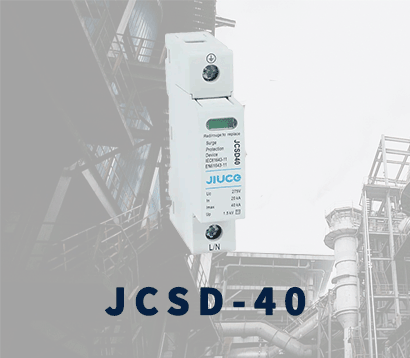 JCSD-40
JCSD-40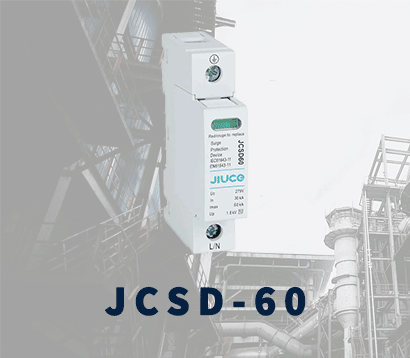 JCSD-60
JCSD-60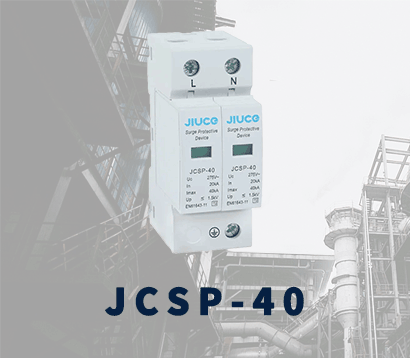 JCSP-40
JCSP-40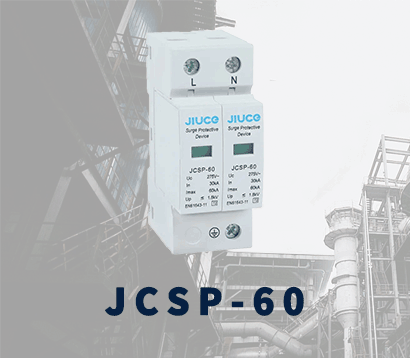 JCSP-60
JCSP-60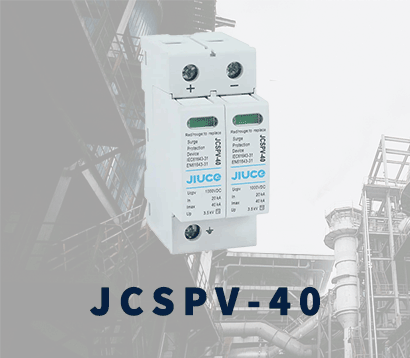 JCSPV
JCSPV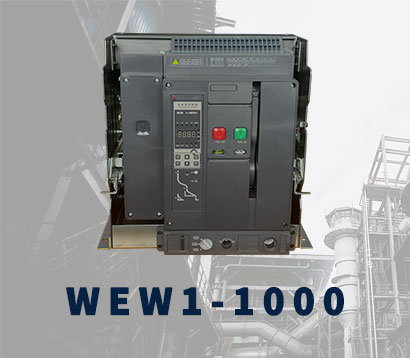 WEW1-1000
WEW1-1000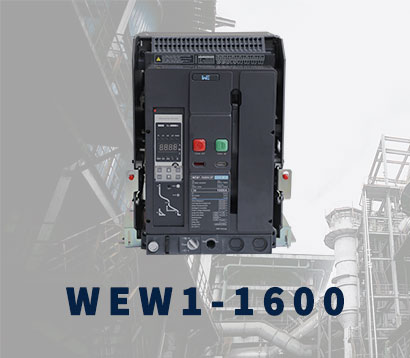 WEW1-1600
WEW1-1600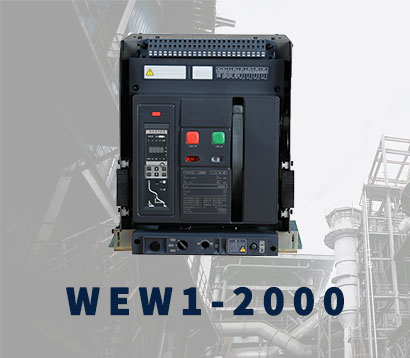 WEW1-2000
WEW1-2000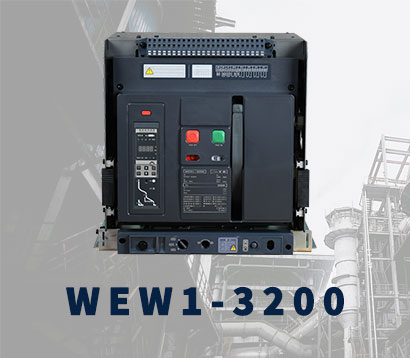 WEW1-3200
WEW1-3200 WEW1-4000
WEW1-4000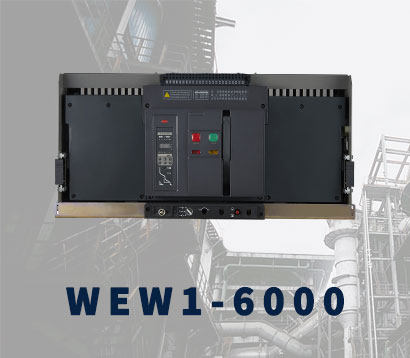 WEW1-6300
WEW1-6300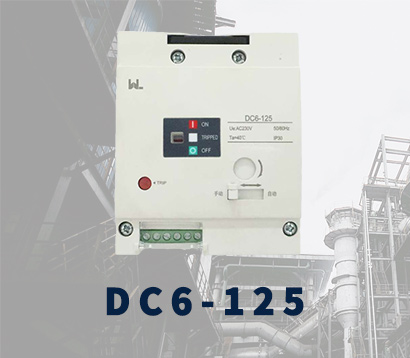 DC6-125
DC6-125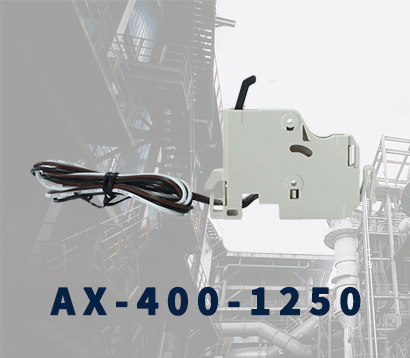 AX-400-1250
AX-400-1250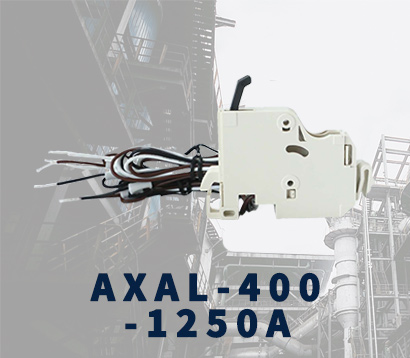 AXAL-400-1250A
AXAL-400-1250A AL-400-1250
AL-400-1250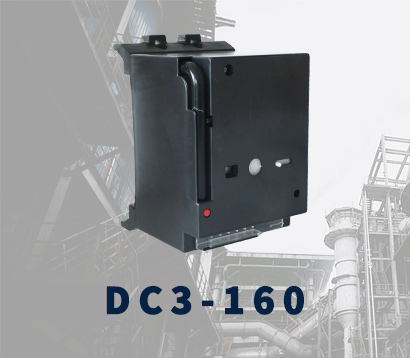 DC3-160
DC3-160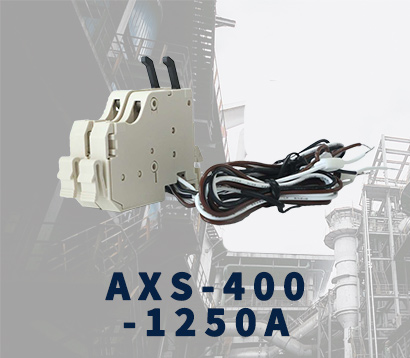 AXS-400-1250A
AXS-400-1250A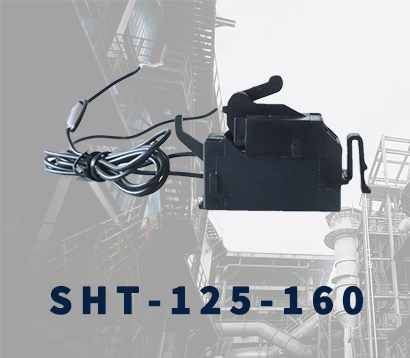 SHT-125-160
SHT-125-160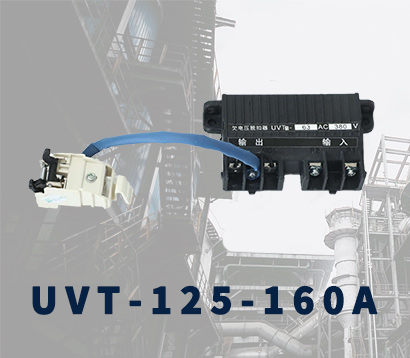 UVT-125-160A
UVT-125-160A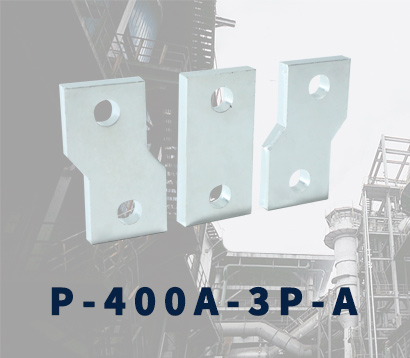 400-3P/4P terminal cover
400-3P/4P terminal cover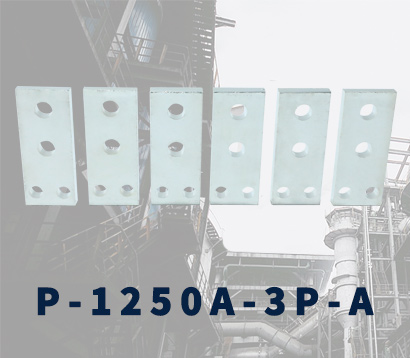 1250-3Pmccb accessories busbar
1250-3Pmccb accessories busbar 250-3P terminal conver
250-3P terminal conver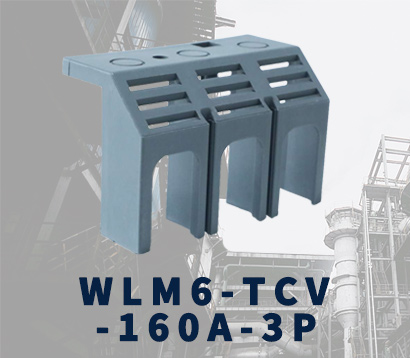 WLM6-TCV-160A-3P
WLM6-TCV-160A-3P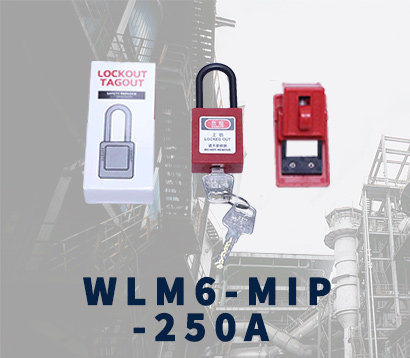 WLM6-MIP-250A
WLM6-MIP-250A WLM6-125A-3300 3P/4P
WLM6-125A-3300 3P/4P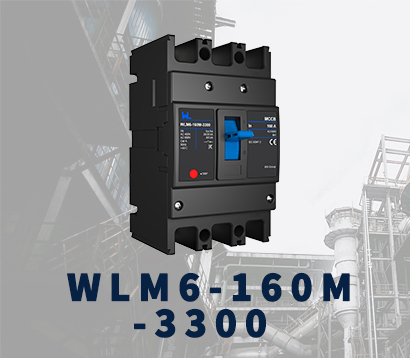 WLM6-160A-3300 3P/4P
WLM6-160A-3300 3P/4P WLM6-250A-3300 3P/4P
WLM6-250A-3300 3P/4P WLM6-400A-3300 3P/4P
WLM6-400A-3300 3P/4P WLM6-630A-3300 3P/4P
WLM6-630A-3300 3P/4P WLM6-800A-3300 3P/4P
WLM6-800A-3300 3P/4P WLM6-1250A-3300 3P/4P
WLM6-1250A-3300 3P/4P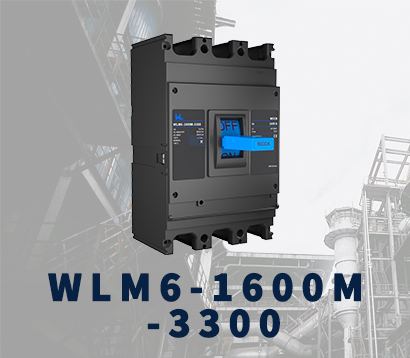 WLM6-1600A-3300 3P/4P
WLM6-1600A-3300 3P/4P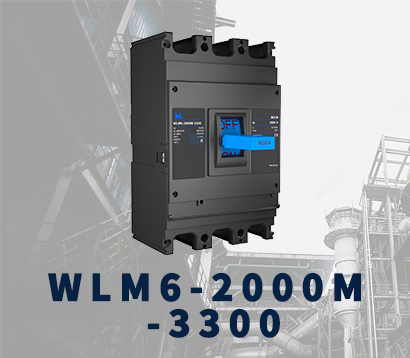 WLM6-2000A 3P/4P
WLM6-2000A 3P/4P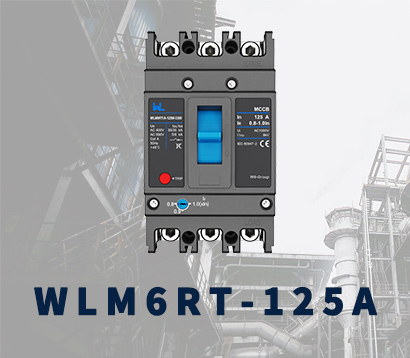 WLM6RT-125A
WLM6RT-125A WLM6RT-160A
WLM6RT-160A WLM6RT-250A
WLM6RT-250A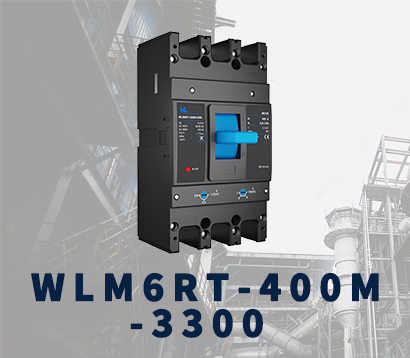 WLM6RT-400A
WLM6RT-400A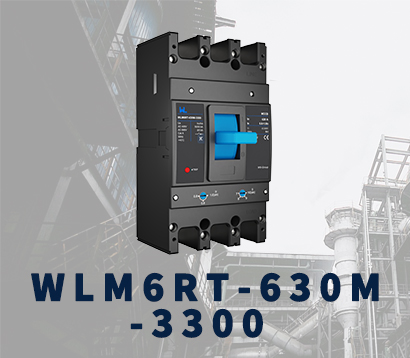 WLM6RT-630A
WLM6RT-630A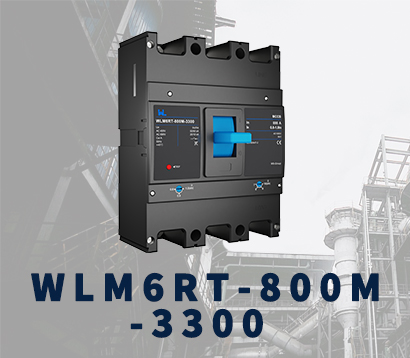 WLM6RT-800A
WLM6RT-800A WLM6RT-1250A
WLM6RT-1250A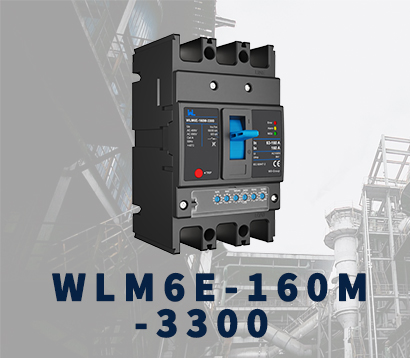 WLM6E-160A-3300 3P
WLM6E-160A-3300 3P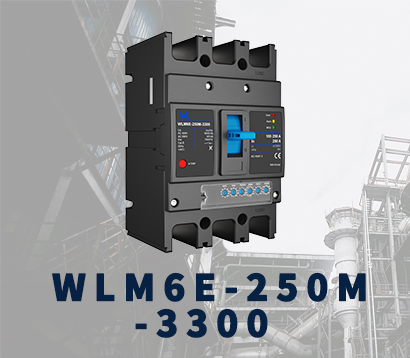 WLM6E-250A-3300
WLM6E-250A-3300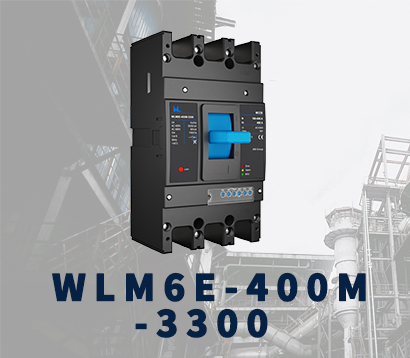 WLM6E-400A-3300 3P/4P
WLM6E-400A-3300 3P/4P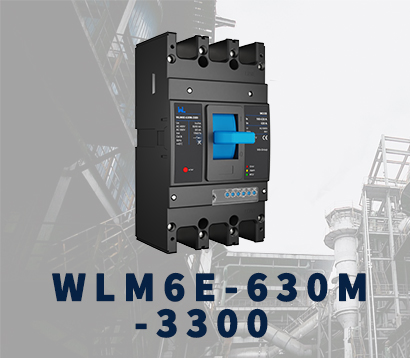 WLM6E-630A-3300
WLM6E-630A-3300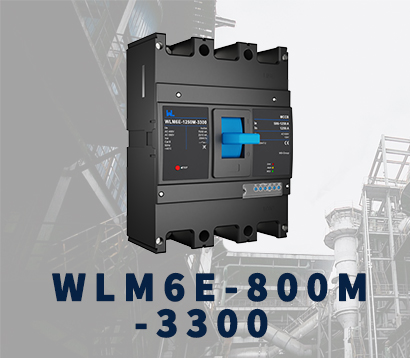 WLM6E-800A-3300 3P/4P
WLM6E-800A-3300 3P/4P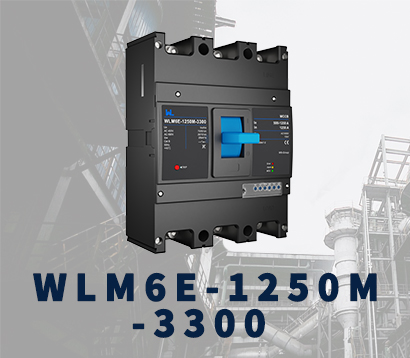 WLM6E-1250A-3300
WLM6E-1250A-3300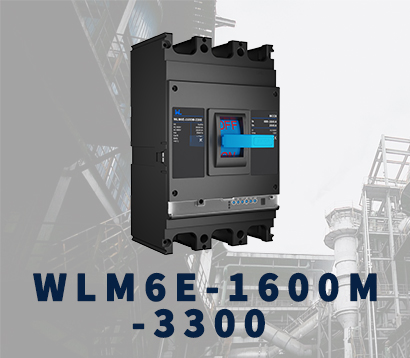 WLM6E-1600-3300 3P/4P
WLM6E-1600-3300 3P/4P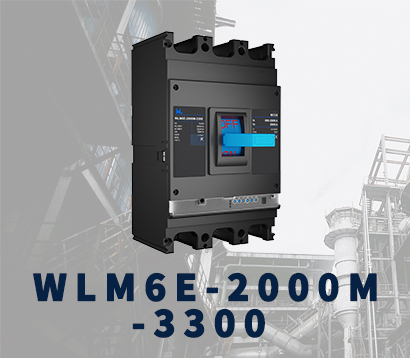 WLM6E-2000A-3300 3P/4P
WLM6E-2000A-3300 3P/4P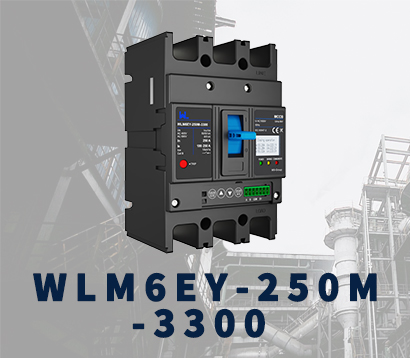 WLM6EY-250-3300 3P/4P
WLM6EY-250-3300 3P/4P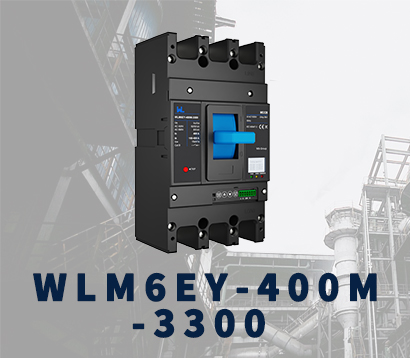 WLM6EY-400 3P/4P
WLM6EY-400 3P/4P WLM6EY-630 3P/4P
WLM6EY-630 3P/4P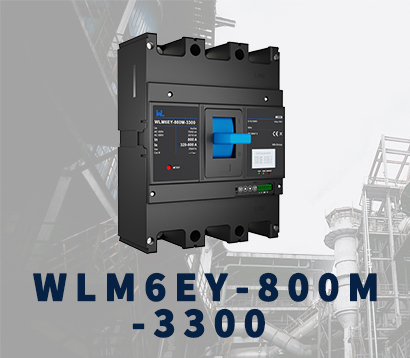 WLM6EY-800A 3P/4P
WLM6EY-800A 3P/4P WLM6EY-1250A 3P/4P
WLM6EY-1250A 3P/4P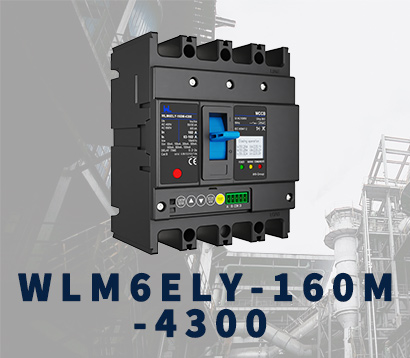 WLM6ELY-160A
WLM6ELY-160A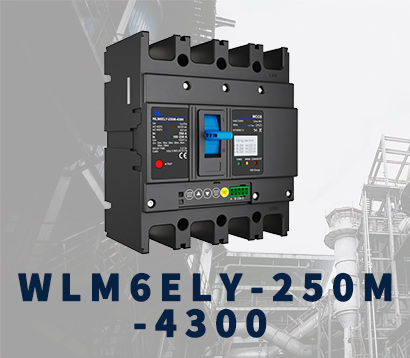 WLM6ELY-250A
WLM6ELY-250A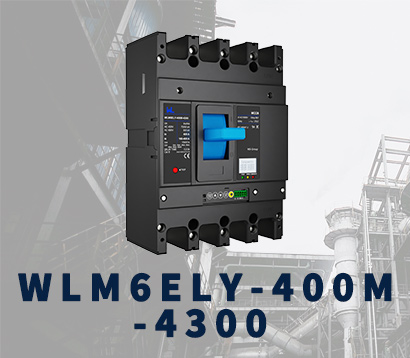 WLM6ELY-400A
WLM6ELY-400A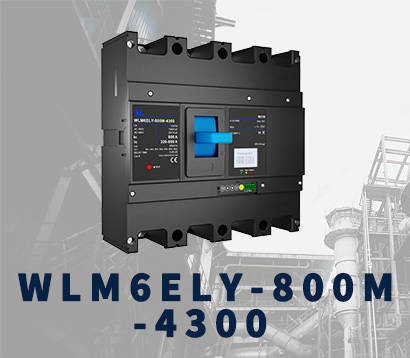 WLM6ELY-800A
WLM6ELY-800A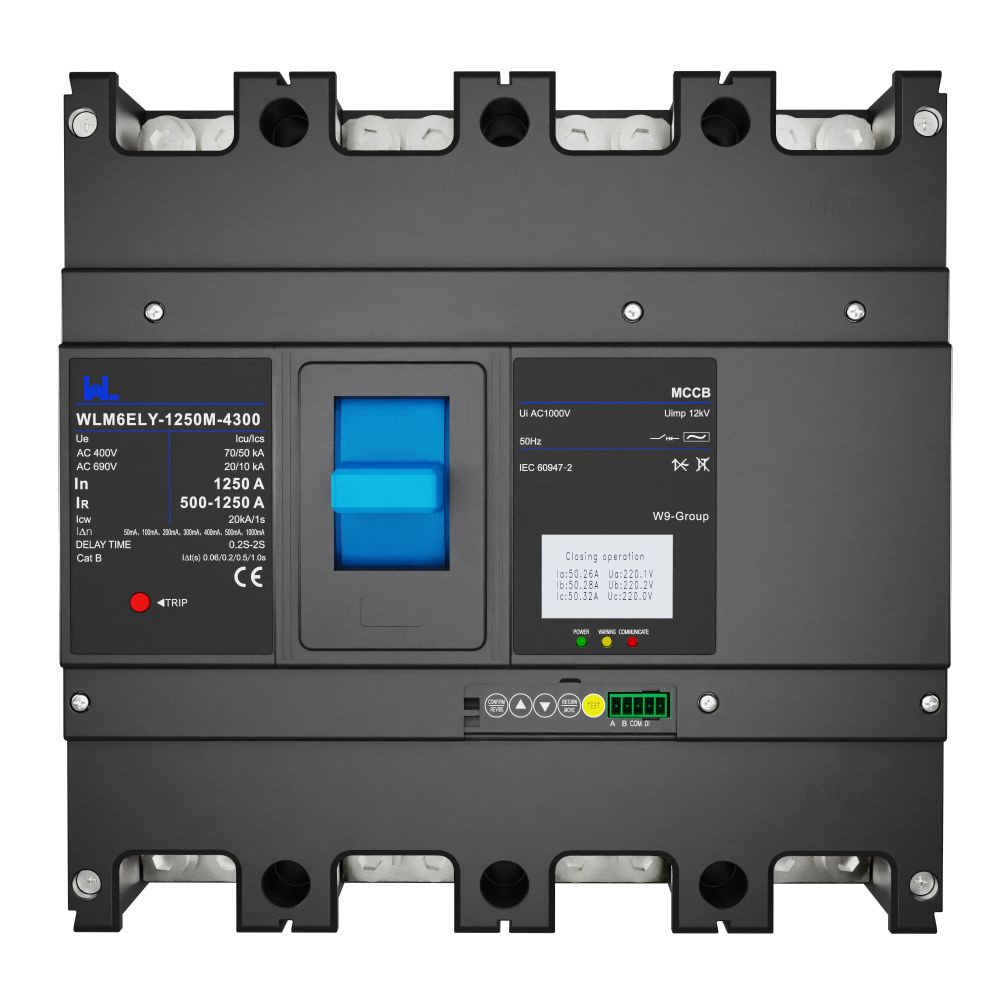 WLM6ELY-1250A
WLM6ELY-1250A WLM6LY-125A
WLM6LY-125A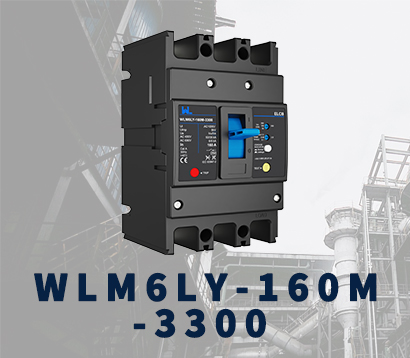 WLM6L-160A
WLM6L-160A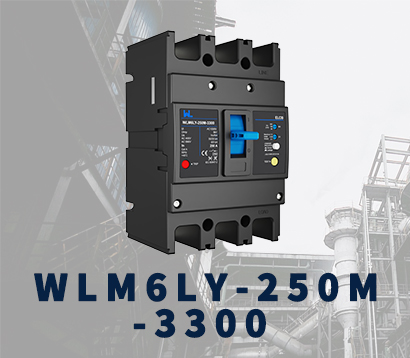 WLM6LY-250A
WLM6LY-250A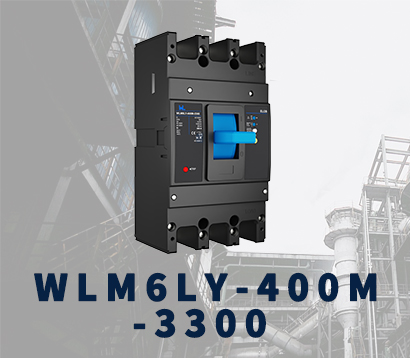 WLM6LY-400A
WLM6LY-400A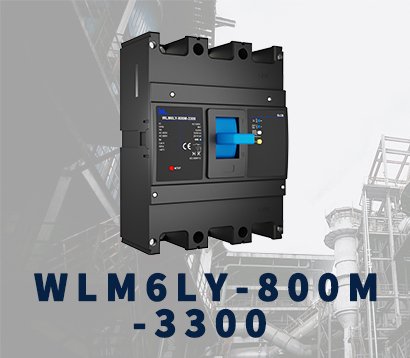 WLM6LY-800A
WLM6LY-800A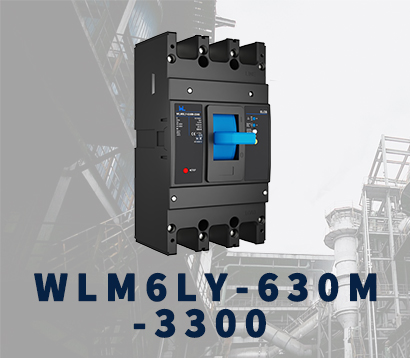 WLM6LY-630A
WLM6LY-630A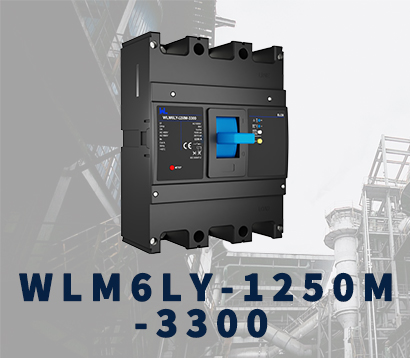 WLM6LY-1250A
WLM6LY-1250A JCB3-63DC
JCB3-63DC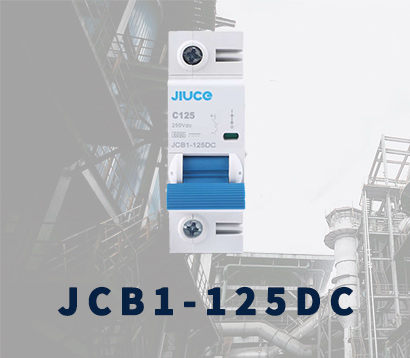 JCB1-125DC
JCB1-125DC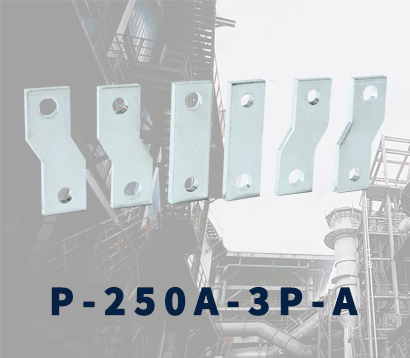 P-250A-3P-A
P-250A-3P-A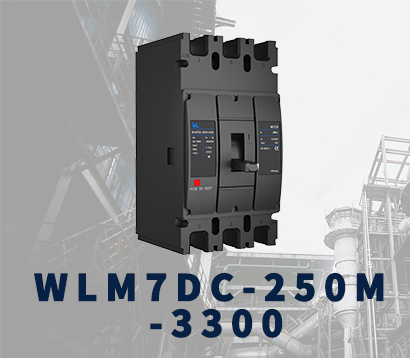 WLM7DC-250A-2300 2P/3P
WLM7DC-250A-2300 2P/3P WLM7DC-315A-3300 2P/3P
WLM7DC-315A-3300 2P/3P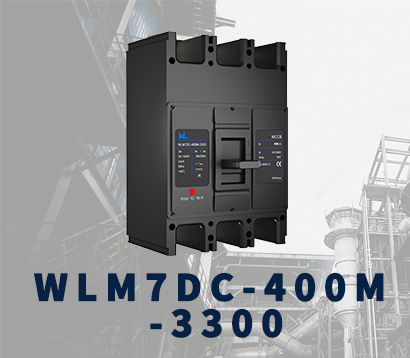 WLM7DC-400A-2300 2P/3P
WLM7DC-400A-2300 2P/3P WLM7DC-630A-3300 3P
WLM7DC-630A-3300 3P WLM7DC-800A-2300 2P/3P
WLM7DC-800A-2300 2P/3P WLM7DC-400A 2300
WLM7DC-400A 2300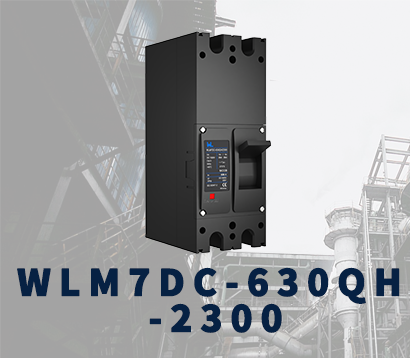 WLM7DC-630A-2300 2P
WLM7DC-630A-2300 2P WLM7HU-250-3300 3P
WLM7HU-250-3300 3P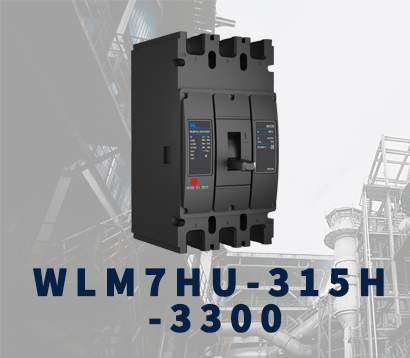 WLM7HU-315-3300 3P
WLM7HU-315-3300 3P WLM7HU-400-3300 3P
WLM7HU-400-3300 3P WLM7HU-630-3300 3P
WLM7HU-630-3300 3P WLM7HU-800-3300 3P
WLM7HU-800-3300 3P PV-1500V/250A
PV-1500V/250A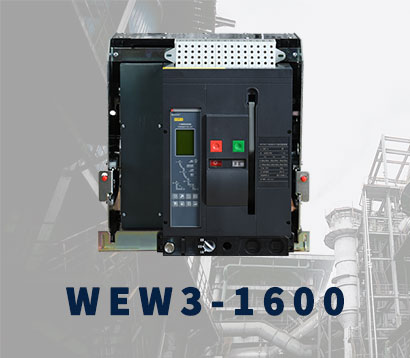 WEW3-1600
WEW3-1600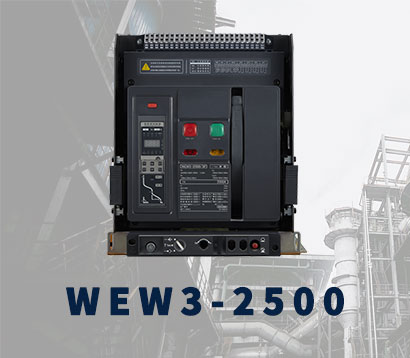 WEW3-2500
WEW3-2500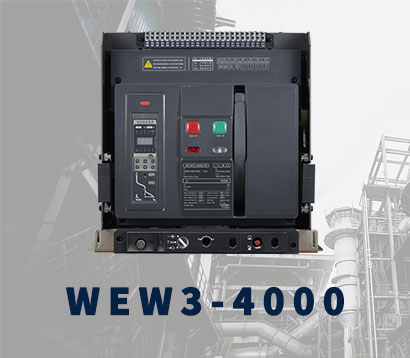 WEW3-4000
WEW3-4000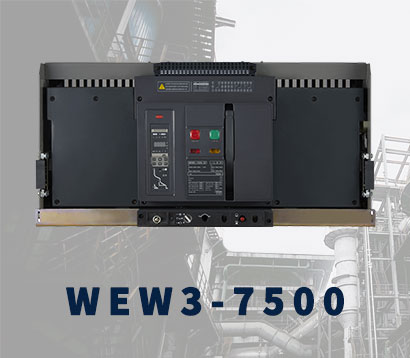 WEW3-7500
WEW3-7500






